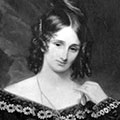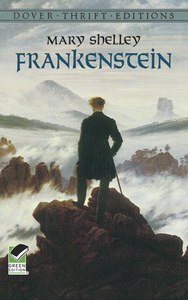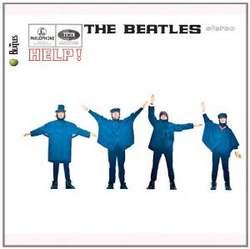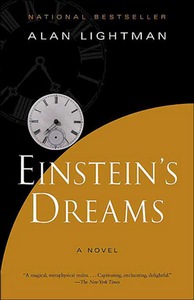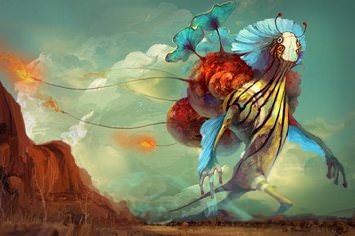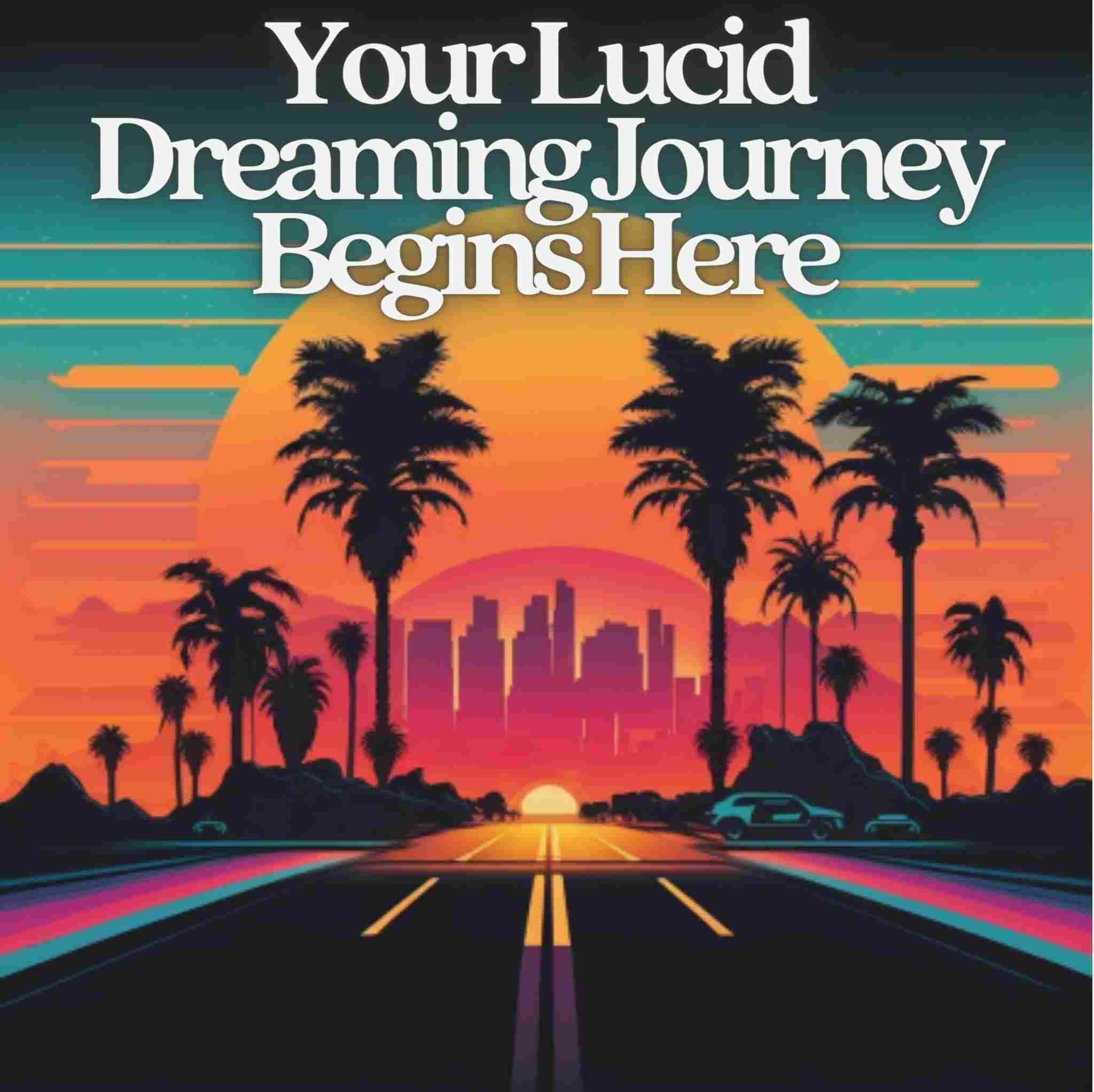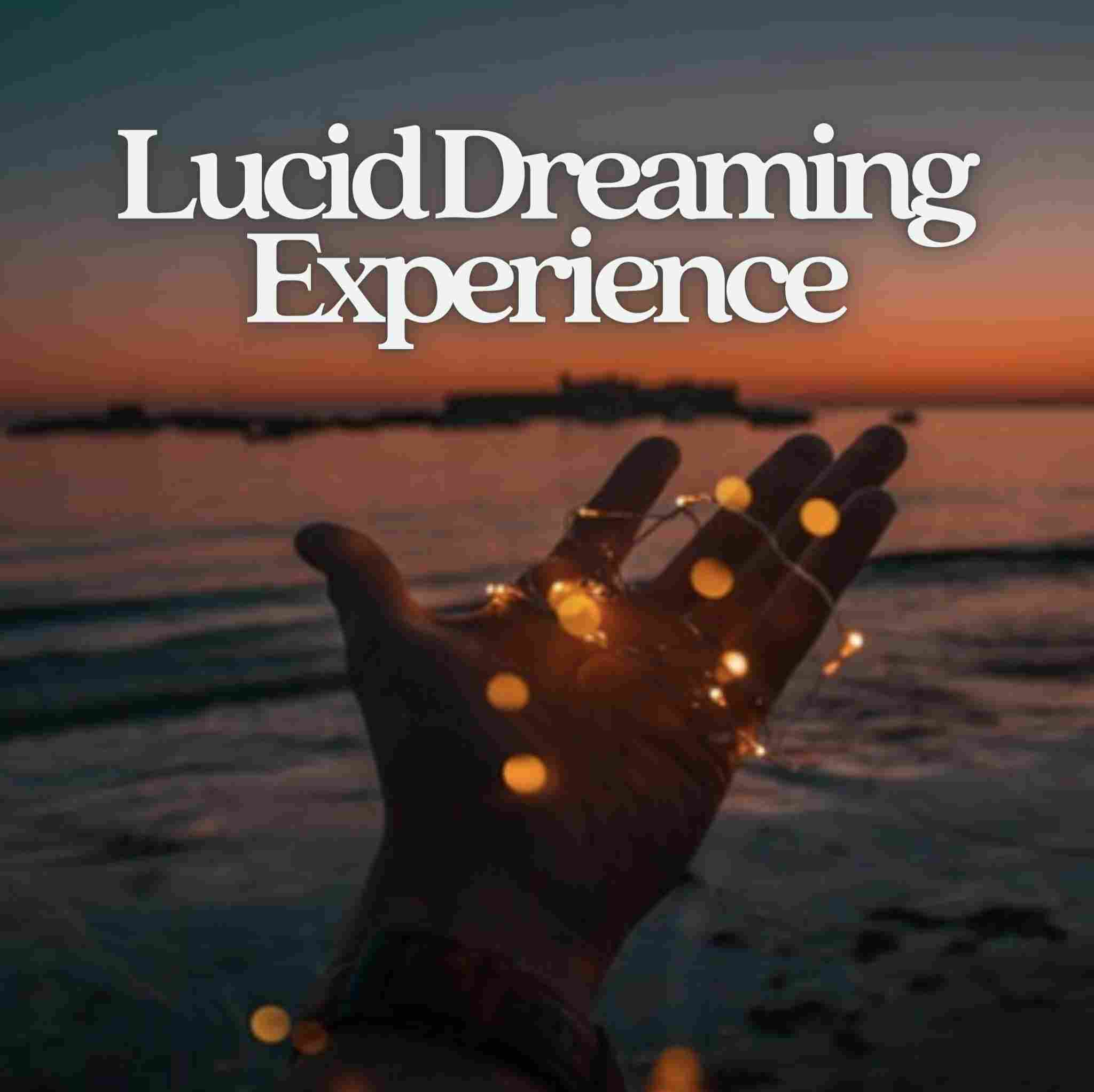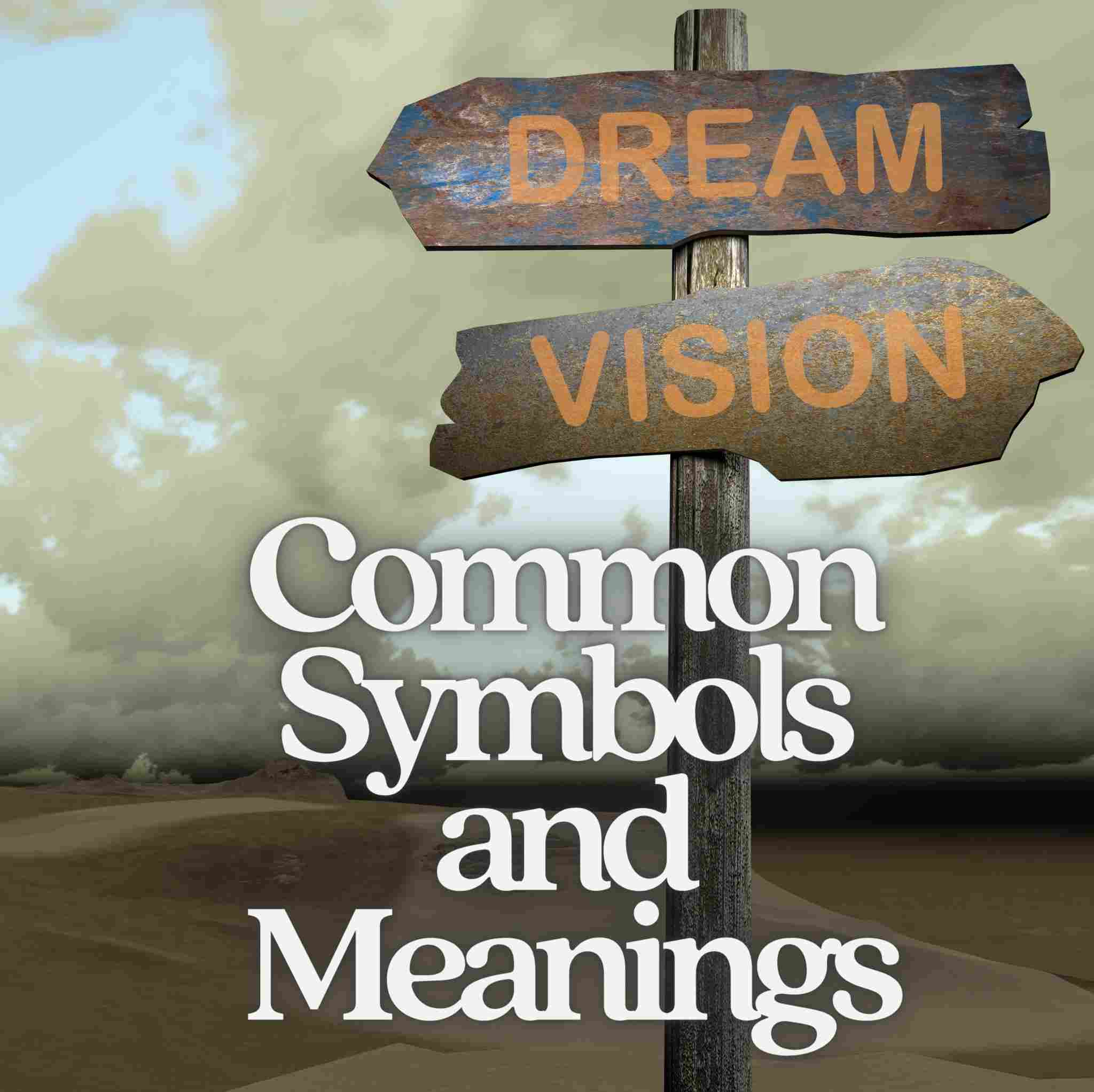10 Dreams That Changed Human History
Here are 10 remarkable dreams of scientists, writers, musicians, mathematicians and inventors who subsequently changed the course of human history.
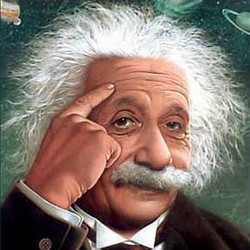
Dreams have been responsible for some major creative and scientific discoveries in the course of human history.
No longer dismissed by psychologists as random neuron firings or meaningless fantasies, dreams are now considered an ongoing thought process that just happens to occur while we are asleep.
Here are 10 remarkable dreams of some of the world's most prominent scientists, writers, musicians, mathematicians and inventors whose moments of dream insight went down on record.
1. Mary Shelley: The World's First Sci-Fi Novel
In early 19th century, 1816, the story of Frankenstein, often cited as the world's first science fiction novel, was inspired by a vivid nightmare. At just 18 years old, Shelley visited Lord Byron by Lake Geneva in Switzerland. They were locked in a cold volcanic winter caused by the eruption of Mount Tambora the year prior, creating Europe's "year without a summer". Stuck indoors and huddled around a log fire, Byron suggested they each write a ghost story - but, night after night, Shelley was unable to think of anything suitable.
Then one evening, when discussion turned to the nature of life, Shelley suggested "perhaps a corpse could be re-animated" backed by the thought that "galvanism had given token of such things". Later that night after turning in, her imagination took hold and she experienced what she described as a vivid waking dream:
"I saw the pale student of unhallowed arts kneeling beside the thing he had put together. I saw the hideous phantasm of a man stretched out, and then, on the working of some powerful engine, show signs of life, and stir with an uneasy, half vital motion. Frightful must it be; for supremely frightful would be the effect of any human endeavour to mock the stupendous mechanism of the Creator of the world."
2. Paul McCartney: Music That Inspires Music
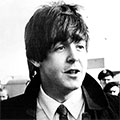
In 1965, Paul McCartney composed the entire melody for the hit acoustic song Yesterday in a dream.
It came back to him fully formed when he woke up and he quickly replicated the song on his piano, asking his friends and family if they'd ever heard it before. He was initially worried that he was simply replicating someone else's work (known as cryptomnesia).
"For about a month I went round to people in the music business and asked them whether they had ever heard it before. Eventually it became like handing something in to the police. I thought if no-one claimed it after a few weeks then I could have it."
Lennon and McCartney then wrote lyrics to the melody and the song was credited to Lennon-McCartney on their album Help!
However, being a melancholy acoustic song, which involved a solo performance from McCartney himself and none of the other Beatles, the band members vetoed the release as a UK single that year. It was released in America, though, and Yesterday stayed at number one on the Billboard Hot 100 chart for four weeks.
It remains massively popular today with more than 2,200 cover versions by other artists including Aretha Franklin, Katy Perry, The Mamas and the Papas, Michael Bolton, Bob Dylan, Ray Charles, Elvis Presley, Billy Dean and others.
3. Niels Bohr: The Structure of The Atom
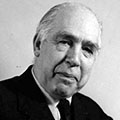
The father of quantum mechanics, Niels Bohr, often spoke of the inspirational dream that led to his discovery of the structure of the atom.
The son of academic parents, Bohr got his doctorate in 1911 and gained notoriety for deciphering complex problems in the world of physics that had left his colleagues stumped.
In time, he set upon understanding the structure of the atom, but none of his configurations would fit. One night he went to sleep and began dreaming about atoms. He saw the nucleus of the atom, with electrons spinning around it, much as planets spin around their sun.
Immediately on awakening, Bohr felt the vision was accurate. But as a scientist he knew the importance of validating his idea before announcing it to the world. He returned to his lab and searched for evidence to support his theory.
It held true - and Bohr's vision of atomic structure turned out to be one of the greatest breakthroughs of his day. Bohr was later awarded a Nobel Prize for Physics as a result of this leap in creative thinking while asleep.
Learn more about his historic scientific career in Suspended In Language: Niels Bohr's Life, Discoveries, And The Century He Shaped
.
4. Elias Howe: The Eye of The Needle
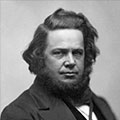
In 1845, Howe invented the sewing machine based on a famous dream that helped him understand the mechanical penetration of the needle. He was not the first to conceive the idea of a sewing machine, however Howe made significant refinements to the design and was awarded the first US patent for a sewing machine using a lockstitch design. According to family history records:
"He almost beggared himself before he discovered where the eye of the needle of the sewing machine should be located... he might have failed altogether if he had not dreamed he was building a sewing machine for a savage king in a strange country. Just as in his actual working experience, he was perplexed about the needle's eye. He thought the king gave him twenty-four hours in which to complete the machine and make it sew. If not finished in that time death was to be the punishment.
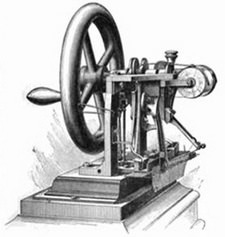 Howe worked and worked, and puzzled, and finally gave it up.
Then he thought he was taken out to be executed. He noticed that
the warriors carried spears that were pierced near the head.
Instantly came the solution of the difficulty, and while the
inventor was begging for time, he awoke.
Howe worked and worked, and puzzled, and finally gave it up.
Then he thought he was taken out to be executed. He noticed that
the warriors carried spears that were pierced near the head.
Instantly came the solution of the difficulty, and while the
inventor was begging for time, he awoke.
It was 4 o'clock in the morning. He jumped out of bed, ran to his workshop, and by 9, a needle with an eye at the point had been rudely modeled. After that it was easy. That is the true story of an important incident in the invention of the sewing machine."
5. Albert Einstein: The Speed of Light

Einstein is famous for his genius insights into the nature of the universe - but what about his dreams?
As it happens, he came to the extraordinary scientific achievement - discovering the principle of relativity - after having a vivid dream.
As a young man, Einstein dreamed he was sledding down a steep mountainside, going so fast that eventually he approached the speed of light. As this moment, the stars in his dream changed their appearance in relation to him. He awoke and meditated on this idea, soon formulating what would become one of the most famous scientific theories in the history of mankind.
Einstein's Dreams by Alan Lightman is now a modern classic - a fictional collage of stories dreamed by Albert Einstein in 1905 on the brink of his breakthrough discoveries. In one, time is circular, so that people are fated to repeat their triumphs and failures over and over. In another, time stands still, where lovers cling together in eternity. In another yet, time is a nightingale, trapped by a bell jar.
6. Srinivasa Ramanujan: The Man Who Knew Infinity
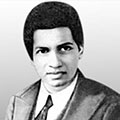
The mathematical genius made substantial contributions to analytical theory of numbers, elliptical functions, continued fractions, and infinite series, and proved more than 3,000 mathematical theorems in his lifetime. Ramanujan stated that the insight for his work came to him in his dreams on many occasions.
Ramanujan said that, throughout his life, he repeatedly dreamed of a Hindu goddess known as Namakkal. She presented him with complex mathematical formulas over and over, which he could then test and verify upon waking. Once such example was the infinite series for Pi:

Describing one of his many insightful math dreams, Ramanujan said:
"While asleep I had an unusual experience. There was a red screen formed by flowing blood as it were. I was observing it. Suddenly a hand began to write on the screen. I became all attention. That hand wrote a number of results in elliptic integrals. They stuck to my mind. As soon as I woke up, I committed them to writing..."
There is a fascinating story behind the prolific dreamer. Learn more about the life of Ramanujan - a self-taught math prodigy from India - and how how he formed his brilliant theories.
From the temples and slums of Madras to the courts and chapels of Cambridge University, it's an unlikely story that saw Ramanujan rise from underprivileged obscurity to one of the greatest geniuses of the 20th century.
Check out Robert Kanigel's The Man Who Knew Infinity: A Life of the Genius Ramanujan.
7. Robert Louis Stevenson: A Fine Bogey Tale
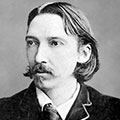
In 1886, Stevenson dreamed up three key sequences from the infamous fantasy thriller novel The Strange Case of Dr Jekyll and Mr Hyde.
A sick man for most of his life, he wrote mainly to support his family. Until, that was, it came to the inception of Jekyll & Hyde. Stevenson said:
"For two days I went about racking my brains for a plot of any sort; and on the second night I dreamed the scene at the window, and a scene afterward split in two, in which Hyde, pursued for some crime, took the powder and underwent the change in the presence of his pursuers."
While recovering in bed from a hemorrhage, Fanny Stevenson heard his screams resulting from an opium-induced nightmare. He promptly awoke and complained:
"Why did you wake me? I was dreaming a fine bogey tale."
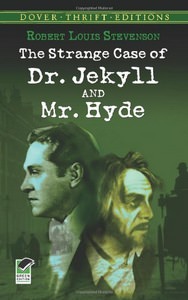 Fanny later discovered she had woken him at the first
transformation scene.
Fanny later discovered she had woken him at the first
transformation scene.
The next morning, Stevenson began scribbling furiously, and three days later he had written a 30,000-word draft. But when Fanny noted it was an allegory, contrary to his original intent, he threw it on the fire and started over.
For a further three days his family tip-toed around him while he sat in bed, writing, surrounded by torn up pages, until at last the final draft was ready. In all he wrote 64,000 words in six days - some kind of miracle in his time, without typewriters or computer power to speak of.
His stepson, Lloyd Osbourne, wrote of this amazing feat:
"I don't believe that there was ever such a literary feat before as the writing of Dr Jekyll. I remember the first disease of the world though it were yesterday. Louis came downstairs in a fever; read nearly half the book aloud; and then, while we were still gasping, he was away again, and busy writing. I doubt if the first draft took so long as three days."
The success of his book was phenomenal. To this day, the phrase Jekyll & Hyde is part of our language, an idiom referencing someone who has dual personalities and swings between good and evil behavior.
The story has also inspired modern day spin-offs, such as Bradley Cooper in Limitless, in which a would-be writer is transformed into a "perfect" version of himself.
8. Otto Loewi: Nerve Impulse Breakthrough
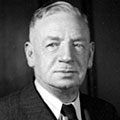
Otto Loewi was a German-born pharmacologist whose discovery of acetylcholine (ironically, a neurotransmitter which promotes dreaming) helped advance medical therapy. The discovery earned him a Nobel Prize 13 years later. However, he is almost as famous for the means by which he discovered it, as he is for the discovery itself.
In 1921, Loewi dreamed of an experiment that would prove once and for all that transmission of nerve impulses was chemical -- not electrical. He woke up, scribbled the experiment down, and went back to sleep. The next morning, he arose excited to try his experiment but was horrified to find he couldn't read his midnight ramblings. That day, he said, was the longest day of his life, as he tried but failed to recall his dream.
The following night, however, he had the same dream repeat itself and upon awakening went directly to his lab to prove the Noble Prize-winning theory of chemical transmission of the nervous impulse.
9. August Kekulé: The Ouroboros Benzene Dream
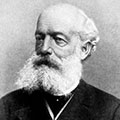
A prominent German organic chemist, August Kekulé insightfully dreamed of the structure of the Benzene molecule which, unlike other known organic compounds, had a circular structure rather than a linear one.
This new understanding of all aromatic compounds proved to be so important for both pure and applied chemistry after 1865 that the German Chemical Society organized an elaborate appreciation in Kekulé's honor, where he described the dream that inspired the breakthrough.
He said he discovered the ring shape of the Benzene molecule after having a reverie of a snake seizing its own tail - a common ancient symbol known as the ouroboros:
"I was sitting writing at my textbook but the work did not progress; my thoughts were elsewhere. I turned my chair to the fire and dozed.

Again the atoms were gambolling before my eyes. This time the smaller groups kept modestly in the background. My mental eye, rendered more acute by the repeated visions of the kind, could now distinguish larger structures of manifold confirmation: long rows, sometimes more closely fitted together all twining and twisting in snake like motion.
But look! What was that? One of the snakes had seized hold of its own tail, and the form whirled mockingly before my eyes. As if by a flash of lightning I awoke; and this time also I spent the rest of the night in working out the rest of the hypothesis."
10. Frederick Banting: Advances in Medicine
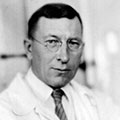
After his mother passed away from diabetes, Frederick Banting was motivated to find a cure. Eventually he found the next best thing: a treatment using insulin injections which, though not a true cure, could at least significantly extend the lifespan of sufferers. The discovery won him a Nobel Prize in Medicine at just 32 years old.
Although he lacked knowledge of diabetes and clinical research, his unique knowledge of surgery combined with his assistant's (Charles Best's) knowledge of diabetes made the ideal research team. While seeking to isolate the exact cause of diabetes, Banting had a dream telling him to surgically ligate (tie up) the pancreas of a diabetic dog in order to stop the flow of nourishment. He did - and discovered a disproportionate balance between sugar and insulin.
This breakthrough lead to another dream that revealed how to develop insulin as a drug to treat the condition.
Banting was named Canada's first Professor of Medical Research and by 1923, he was the most famous man in the country. He received letters and gifts from hundreds of grateful diabetics all over the world, and since then insulin has saved or transformed the lives of millions of people.
You probably just came here wondering about famous dreams and inventions...
But when you learn the art of dream control, anything is possible.
So give it a go - tap into your own hidden insights - and perhaps you'll come up with some inventions of your own...

